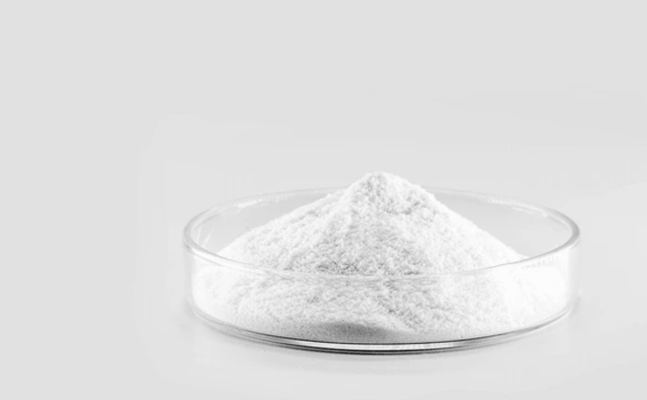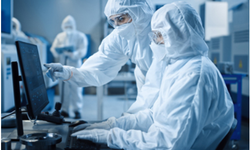Spray drying for a sticky API (low glass transition temperature)
It is widely recognized that 40% of New Chemical Entities (NCEs) in the pharmaceutical industry exhibit poor solubility, resulting in inadequate bioavailability. Spray drying has emerged as a promising particle engineering technology to address solubility challenges in active pharmaceutical ingredients (APIs). This technique can produce very fine powders for inhalable drugs and enhance the bioavailability of solid-dosage drugs through the creation of amorphous solid dispersions.
However, spray drying is a complex process to optimize and scale up, as it involves several parameters that significantly influence product yield, residual solvent content, and particle size and morphology. These parameters include drying gas flow rate, temperature, nozzle type, design, location, and the operating conditions of the nozzle, such as gas and liquid flow rates. Additionally, some APIs have a low glass transition temperature (Tg) and a sticky point, causing the product to adhere to glass surfaces and reduce yield. Traditional methods for scaling up and transferring this process often rely on experiential, empirical, or design of experiments (DOE) approaches, which require substantial material and time to fully optimize and understand. To address these challenges, Veranova has developed a new workflow that integrates experimental characterization and mathematical modeling.

Comments
No comments posted yet.
















